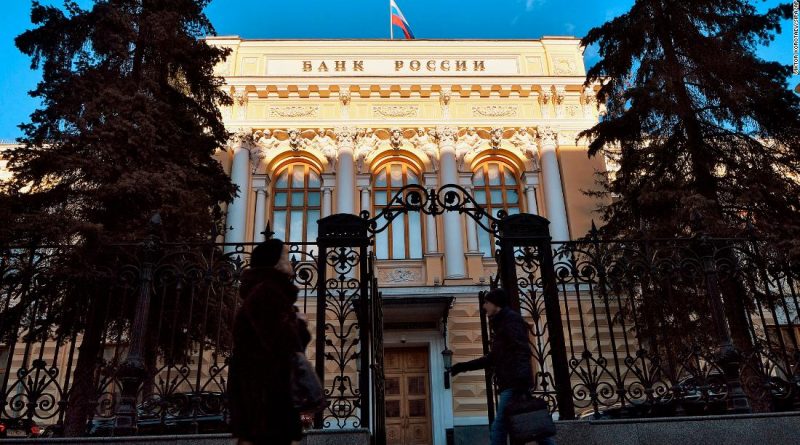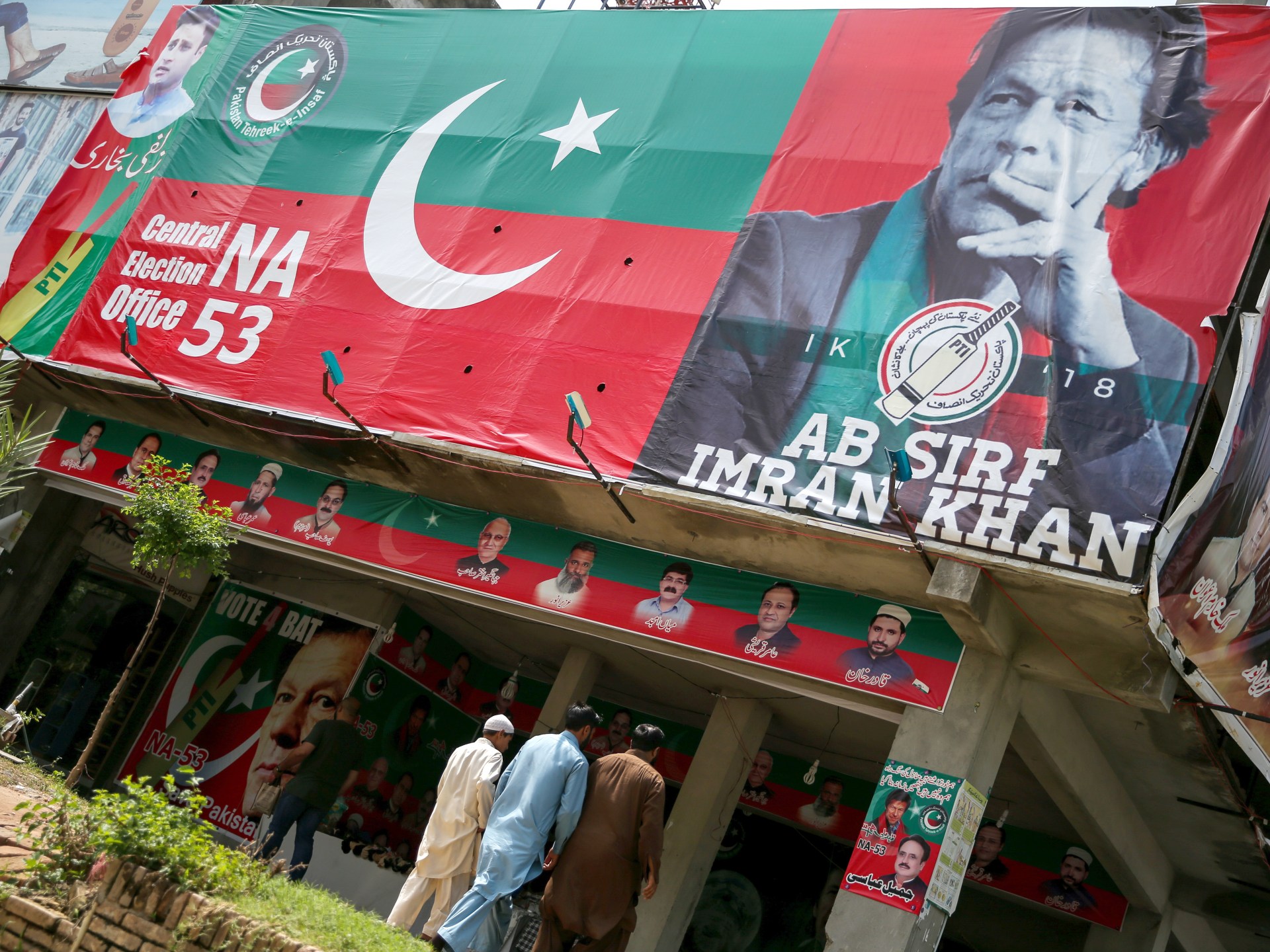US pushes Russia to the brink of default
“Significant amounts of our reserves are blocked in foreign countries, so if this blocking continues and these transfers are blocked from the blocked amounts, then they will be serviced in rubles,” said Kremlin spokesman Dmitry Peskov in a press conference Wednesday. “If this is not possible, then, in theory, of course, a default situation can be organized.”
Peskov argued that a default would be “artificial,” because it has the dollars to pay — it just can’t access them.
“There are no grounds for a real default,” Peskov said. “Not even close.”
Cutting off Russia from its dollars
But the images of civilians dead in the street in Bucha led Western countries to levy more sanctions and tighten the screws on Moscow even further.
“This will further deplete the resources Putin is using to continue his war against Ukraine and will cause more uncertainty and challenges for their financial system,” a US Treasury Department spokesperson told CNN in a statement late Monday.
That has insulated Russia’s economy somewhat from Western sanctions. But cutting off Russia from its dollars will almost certainly force it into a default. That could force Russia to make higher interest payments on its debt, if it chooses to pay.
Russia last defaulted on its domestic debt when the country was plunged into a financial crisis by a collapse in commodity prices in 1998. Its most recent foreign currency default came in 1918 when Bolshevik leader Vladimir Lenin repudiated bonds issued by the Tsarist government.
If the Russian government defaults, investors’ losses could start to mount, although Western investors have less exposure to Russia than they used to. Sanctions following the annexation of Crimea in 2014 already encouraged them to reduce their exposure. But international banks are owed about $121 billion by Russian entities, according to the Bank for International Settlements.
The interest payments due Wednesday come with a 30-day grace period. But credit ratings agencies could declare Russia to be in default before that period ends if Moscow makes clear that it does not intend to pay.
— CNN’s Chris Liakos and Matt Egan contributed to this report




